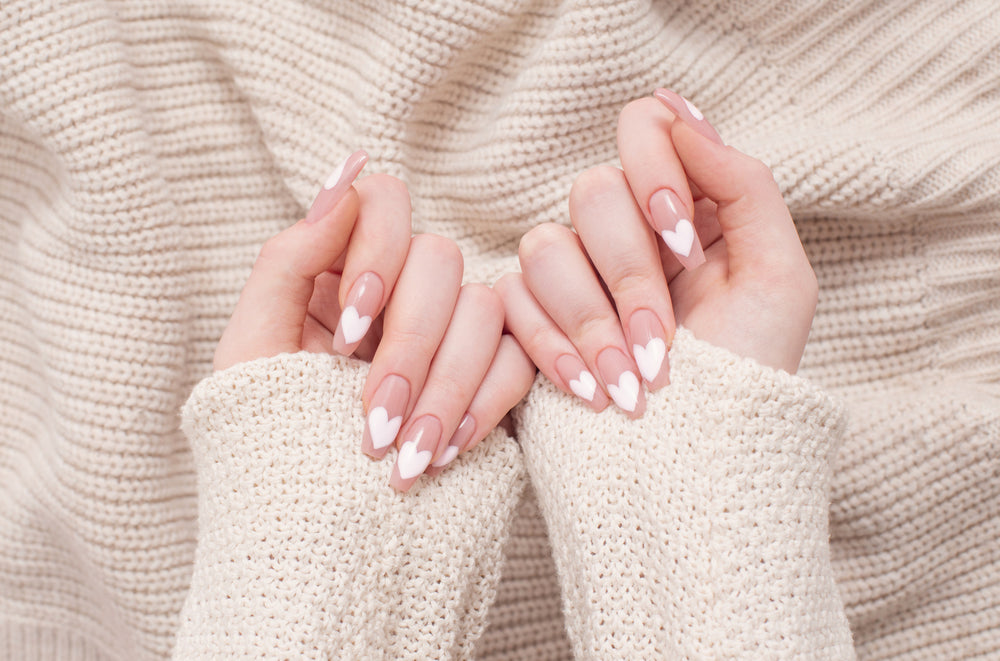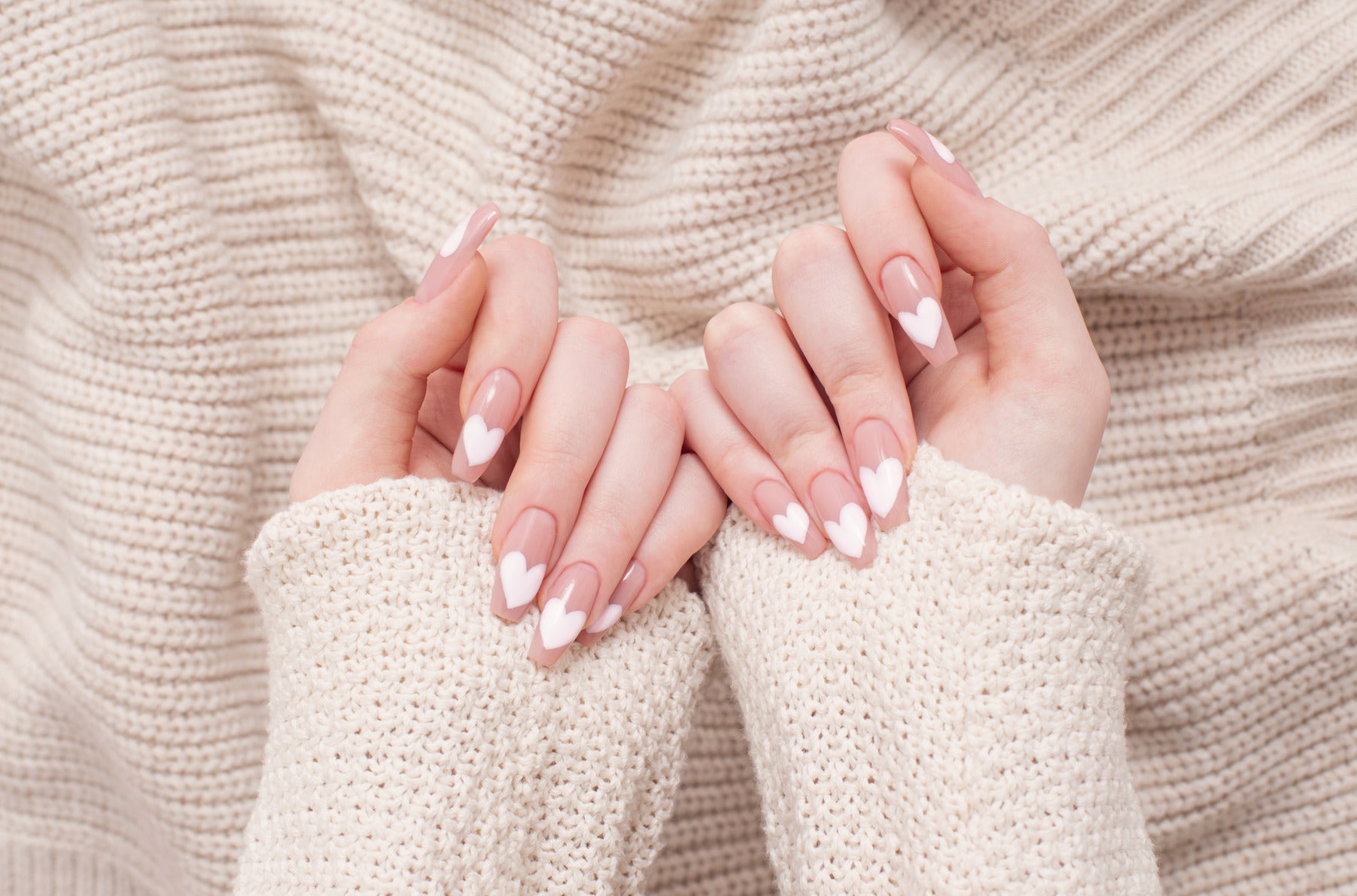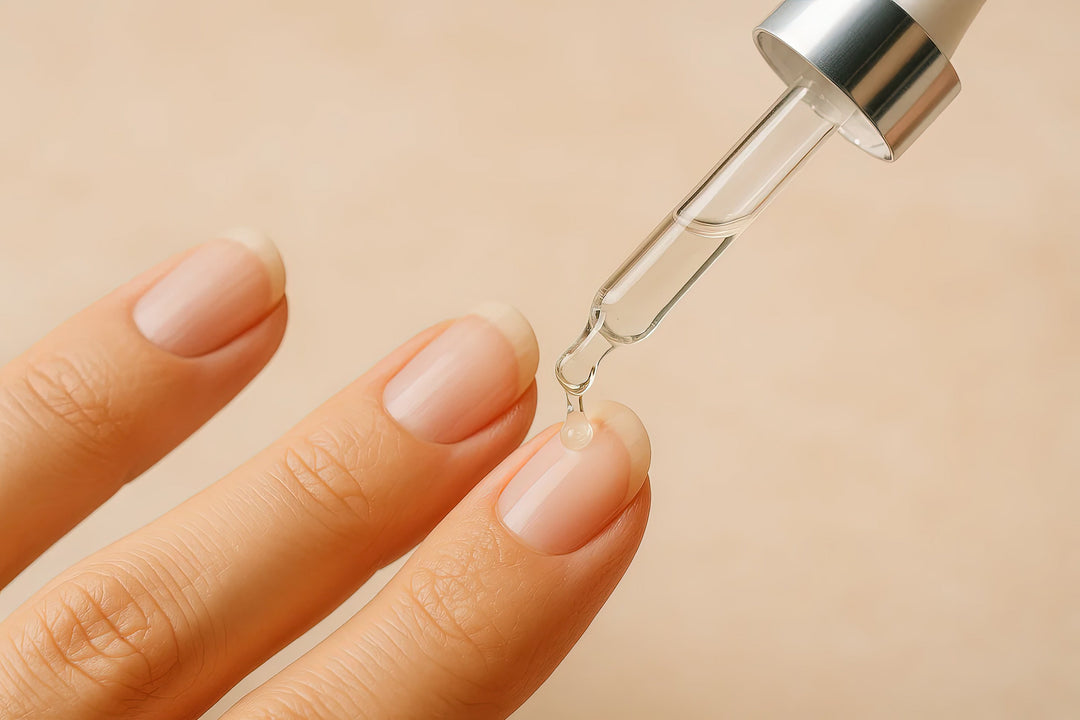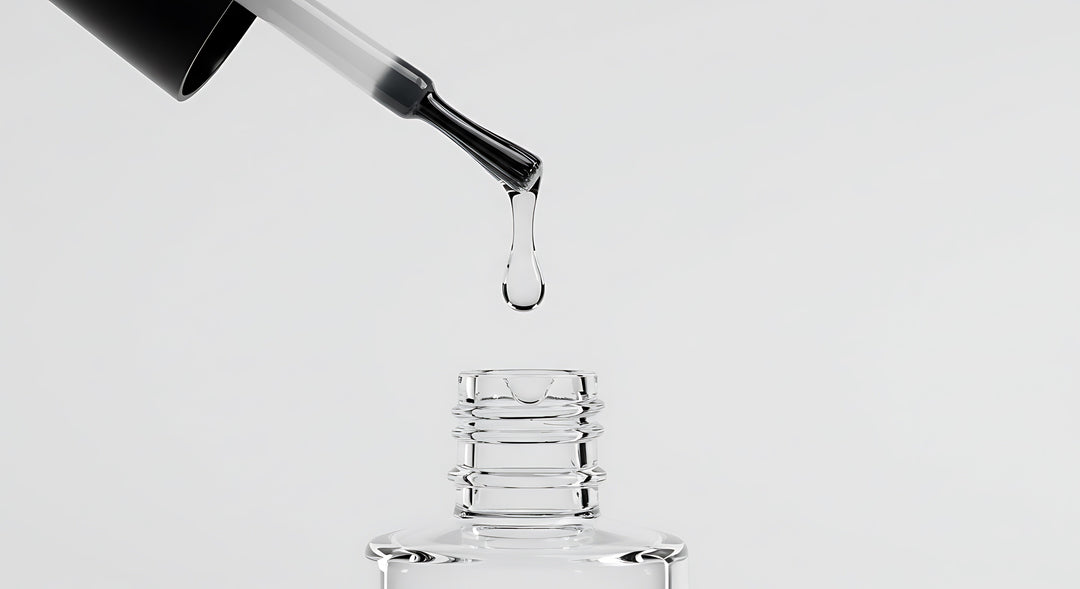Nail Product Storage & Shelf Life: Make Your Gels Last
Key takeaways
-
Cool, dark, airtight wins: 18–24°C, away from lamps/sunlight, lids tight.
-
Light & heat are the main culprits of premature thickening and partial curing.
-
Clean bottle necks and use lint-free wipes to keep caps sealing properly.
-
Roll to mix viscous gels; avoid vigorous shaking that adds bubbles.
-
Label open dates and rotate stock (FIFO) to use older products first.
-
If in doubt, test-cure on a swatch stick. Don’t risk a client set.
Why storage matters (and how it affects results)
Gels are light-cured systems. Even low, ambient UV can start polymerisation inside the bottle; heat accelerates viscosity changes; oxygen and contamination (dust, oils, pigment backflow) interfere with adhesion and curing. The result? Stringy application, heat spikes, under-cure, chipping or dull finishes. Good storage slows these processes and keeps performance predictable.
Shelf life at a glance (typical ranges)
These are common ranges under normal salon conditions; always follow the product label.
-
Gel polish: Unopened 24–36 months; opened 12–24 months.
-
Builder/BIAB: Unopened 24–36 months; opened 12–24 months.
-
Hard gel pots: Unopened 24–36 months; opened 12–24 months.
-
Primers & dehydrators: Unopened 12–24 months; opened 6–12 months (evaporation risk).
-
Monomer (acrylic liquid): Unopened 12–24 months; opened 6–12 months (oxidation).
-
Cuticle oil: Unopened 12–24 months; opened 6–12 months (check scent/colour).
-
Nail art mediums (pigments/foils/inks): Highly variable; protect from light/air.
Use these ranges as guidance; performance testing (swatch + proper cure) is your final check.
The four enemies of performance (and how to beat them)
1) Light (UV/LED)
-
Problem: Stray UV/LED starts curing in bottle/jar.
-
Fix: Store in drawers or opaque boxes. Never place open bottles near an operating lamp. Keep lids on between coats.
2) Heat
-
Problem: Thickening, separation, faster solvent loss.
-
Fix: 18–24°C is the sweet spot. Avoid window sills, radiators, cars. In heatwaves, move stock to the coolest room.
3) Air
-
Problem: Evaporation and oxygen inhibition at the surface.
-
Fix: Close caps snugly; wipe necks so seals are airtight. Don’t decant unless necessary; if you must, use small opaque containers with tight caps and label clearly.
4) Contamination
-
Problem: Dust, lint, oils, alcohol backflow, pigment transfer.
-
Fix: Use lint-free wipes; never “double-dip” a brush that touched prep liquids or the nail plate; keep workstation clean and bottles upright.
Set up a smart storage station
-
Location: A cupboard or drawer near your desk but outside your lamp’s throw.
-
Orientation: Store bottles upright to minimise air exchange at the neck and prevent leaks.
-
Organisation: Group by category (Base/Builder/Colour/Top/Preps). Add date-opened stickers to every product.
-
Rotation: First-In, First-Out (FIFO). Keep a small “Active Kit” near your desk and bulk stock stored away.
-
Light control: Opaque bins or cases; keep pot lids closed except during application.
-
Travel: For mobile techs, use padded cases, keep out of direct sun, and avoid leaving products in hot cars.
Handling best practices during services
-
Cap discipline: Open, dispense, immediately recap. Even a few minutes under bright desk lighting can matter.
-
Bottle hygiene: After use, wipe the neck with a lint-free wipe lightly moistened with cleanser. Sticky residue on necks breaks the seal and invites air.
-
Distance from lamp: Keep open bottles behind the lamp or in a drawer. Cure thumbs separately so bottles don’t face the diodes.
-
Mixing: Roll viscous gels between palms for 10–20 seconds to warm evenly. Avoid hard shaking that introduces bubbles and micro-foam.
-
Portioning: For pot gels, use a clean spatula; don’t hover pots under the lamp.
-
Timing: Don’t leave product sitting on a brush in open air. Load, apply, cure.
Rescue tactics (what you can and can’t fix)
-
Cold-thickened gel: Seal bottle in a zip bag; stand in lukewarm water for 5–10 minutes; roll to mix. Do not overheat.
-
Separated pigments: Roll and gentle swirl; test on a swatch. Persistent separation suggests it’s time to replace.
-
Stringing or micro-cured clumps: Usually not recoverable — bin it.
-
Adding thinners: Only if the manufacturer explicitly approves a compatible thinner. Generic solvents can wreck the chemistry and compromise cure.
-
Cloudy monomer or crystallisation: Warm gently (room temp); if cloudiness persists or odour is “off,” replace.
-
Top coat losing gloss: Check cap seal and lamp output first; if still dull and viscosity changed, retire the bottle.
Product-specific notes
Gel polish
-
Sensitive to light and pigment load. Dark/reflective shades are more prone to wrinkling if thickened. Keep tightly capped; warm-roll before use.
Builder gels / BIAB
-
Higher viscosity means more sensitive to temperature swings. Warm-roll; don’t park the pot near the lamp. Keep brushes clean and capped.
Hard gels (pots)
-
Pots catch stray UV easily. Open only as needed; lid on between nails. Use a spatula to decant to a working tile if you prefer.
Primers & dehydrators
-
These are volatile; evaporation is the enemy. Cap immediately; store cool. Replace if the performance (evaporation speed/odour) changes markedly.
Monomer (acrylic)
-
Oxidises over time; keep in the original opaque bottle, capped tight. Avoid decanting into open dappen dishes until you’re ready to work.
Cuticle oils
-
Plant oils can shift in scent/colour with heat and time. Keep out of sun; replace if rancid odour develops.
Nail art mediums
-
Pigments/foils/inks vary. Protect from light and air; store inks upright and recap fast.
When to bin it
-
Texture is ropey/stringy or contains gel “noodles.”
-
Colour won’t re-integrate after warm-rolling.
-
Strong, unusual odour appears.
-
Cure test fails (remains soft or marks easily after recommended cure).
-
Cap no longer seals and product thickens quickly again after rescue.
-
Product age exceeds your brand’s stated window, and performance is inconsistent.
Tip: Keep a small “retire” box. Anything that fails a swatch test lives there until binned — it never goes back to your active kit.
Pro maintenance checklist
-
Label every bottle with open date.
-
Store 18–24°C, dark, upright.
-
Wipe necks after every use; recap immediately.
-
Keep open products away from lamps.
-
Roll to mix; don’t shake hard.
-
Test-cure on a swatch if anything feels “off.”
-
Rotate stock monthly; clear your “retire” box.
FAQs
How do I know if my lamp is causing storage problems?
If products near the lamp thicken faster or you notice micro-cured gel on bottle threads, your lamp’s spill light is likely the culprit. Move bottles behind the lamp or into a drawer during curing.
Can I refrigerate gels?
No — fridges are humid and too cold; condensation can form when warming back to room temp. Aim for a stable room-temperature zone (18–24°C).
My gel went thick in winter. Is it ruined?
Likely not. Warm-roll the sealed bottle for a few minutes and test on a swatch. If application is smooth and it cures fully, you’re fine.
Is it safe to add isopropyl alcohol to thin gels?
No. IPA alters the formulation and cure. Only use a brand-approved thinner — and only if your product line supports it.
Why do my primers run out so fast?
Evaporation. Cap immediately after use, and decant minimal amounts. Consider smaller bottles for daily use and keep bulk stock sealed.






